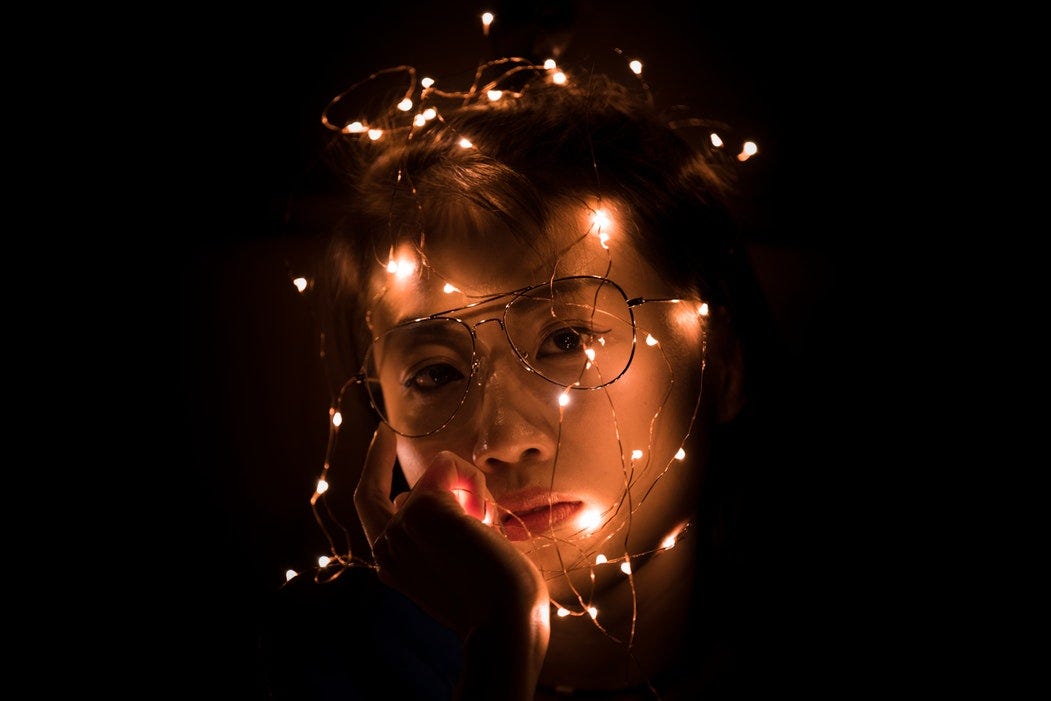Artist Painters That Never Went to School to Learn Art

Formally Trained vs. Self-taught: Do Artists Need an Academic Degree to exist Successful?
The formal preparation helped many artists ameliorate their creative talents and technical skills. Art education tin can be a perfect opportunity for artists to explore various media, styles, and techniques, nether the guidance of a trained mentor.
During the grade of several years, art students cultivate their creative talents and develop their style to perfection. Many art experts appreciate their dedication.
Gallery owner Catinca Tabacaru, for instance, often visits art school in search of new artists, whose work she'll exhibit in her Manhattan gallery. She's attracted to educated artists because they put a lot of effort into developing their work, taking it a step farther with every piece. An art schoolhouse degree signals the New York-based gallerist that the artist is willing to invest a lot of time into achieving their goals, a quality she admires.
The Entreatment of Outsider Art
Notwithstanding, many art professionals are quite indifferent toward artists' education. The lack of an art degree, after all, doesn't hateful the lack of talent. Some of the world'due south most famous artists never had formal training including Frida Kahlo, Jean-Michel Basquiat, and Keith Haring, to proper name a few.
Some people believe that an fine art degree tin can prevent artists from demonstrating the true extent of their talent. In an article for the New York Times, art journalist Deborah Solomon wrote, that the expansion of art schools and artists with MFA degrees has led to a "decline in the quality of art." Art historian Barbara Rose supported her claim by maxim that educated artists, at times, produce art that looks "like homework."
Unlike „homework art" that follows the rules, fine art made by self-taught artists conveys a vigorous, untamed energy. Non having studied art, outsider artists adopt a completely dissimilar approach to information technology.
Without having a mentor or a teacher to guide them to the desired issue, they create fine art that represents expressions of pure creativity, undefined by rules. Their effort results in authentic, anarchistic art that can exist inspiring for fine art curators and collectors alike. It's no wonder then, that outsider art fairs are booming across the earth and sure pieces fabricated past self-taught artists are sold for several hundred thousands of dollars at auctions.
The Benefit of Art Instruction
But despite an increased interest in outsider fine art, it seems that artists with a degree accept an easier path to success. In a study conducted by Artnet, just virtually 12% of the 500 most successful American artists were self-taught, while others had bachelor and masters degrees from diverse art schools.
Prominent college fine art programs, unremarkably offer a diverseness of perks for their students. Many BFA and MFA programs serve as a platform where young, emerging artists can prove their piece of work to a wider community.
While in higher, art students get introduced to local gallery owners, curators, and critics, which enables them to showcase their work to fine art professionals early. Likewise, a lot of programs organize student exhibitions or open studio promotions and theses shows, where many art professionals come to discover new talents and stay beside of new practices.
However, not all art schoolhouse are fabricated equal.
Nearly x% of all artists on the Artnet's inquiry list got their degrees from Yale Graduate School of Art. Rhode Isle Schoolhouse of Blueprint, School of the Art Plant of Chicago, and the Royal College of Fine art take likewise shaped an array of successful visual artists. Famous alumni from Royal College of Art include Henry Moore, David Hockney, and Tracy Emin, while Chuck Close and Matthew Barney, for instance, went to Yale.
What About Lesser-known Schools
In every artist's CV, a caste from a renowned fine art school is something that will immediately capture the attending of art curators and collectors. Just what if an artist comes from less prominent or completely unknown institutions.
We have seen the surge of amazing talents around the world who graduated from local art schools, with a caste whose value is difficult to mensurate. When it comes to artists from lesser-known art schools, it'due south more practical to wait at the number of exhibitions, and their critical reception, a number of artist residencies, press coverage, and near importantly artist's sales records.
To Sum it Up
Fine art degrees are a great way for an creative person to go a leg up on the competition peculiarly at the get-go of his or her career. Just a prominent art school degree is only one detail in an artist's resume. In that location are plenty of other means to get ahead. Participation in numerous exhibitions, art residencies, award, and other accomplishments and fantabulous sales records, can mean a lot more than a BFA and MFA of a reputable art college.
Notation:
This article was created by Art Acacia Gallery & Advisory in collaboration with Milica Jovic. Original text, likewise every bit other posts on contemporary art, civilisation, and guild, can be found here.
To stay up to date and learn more near the art world, get inspired by amazing works, receive art insights and discounts at our gallery — sign up for our bi-weekly Newsletter here.
To discover artists we back up — delight, visit our online gallery.
If you are on social media — follow united states on Instagram, Facebook, Pinterest, LinkedIn and never miss a thing!
smithevernshould40.blogspot.com
Source: https://different-level.medium.com/do-artists-need-an-academic-degree-to-be-successful-e4dd26c058da
0 Response to "Artist Painters That Never Went to School to Learn Art"
Enregistrer un commentaire